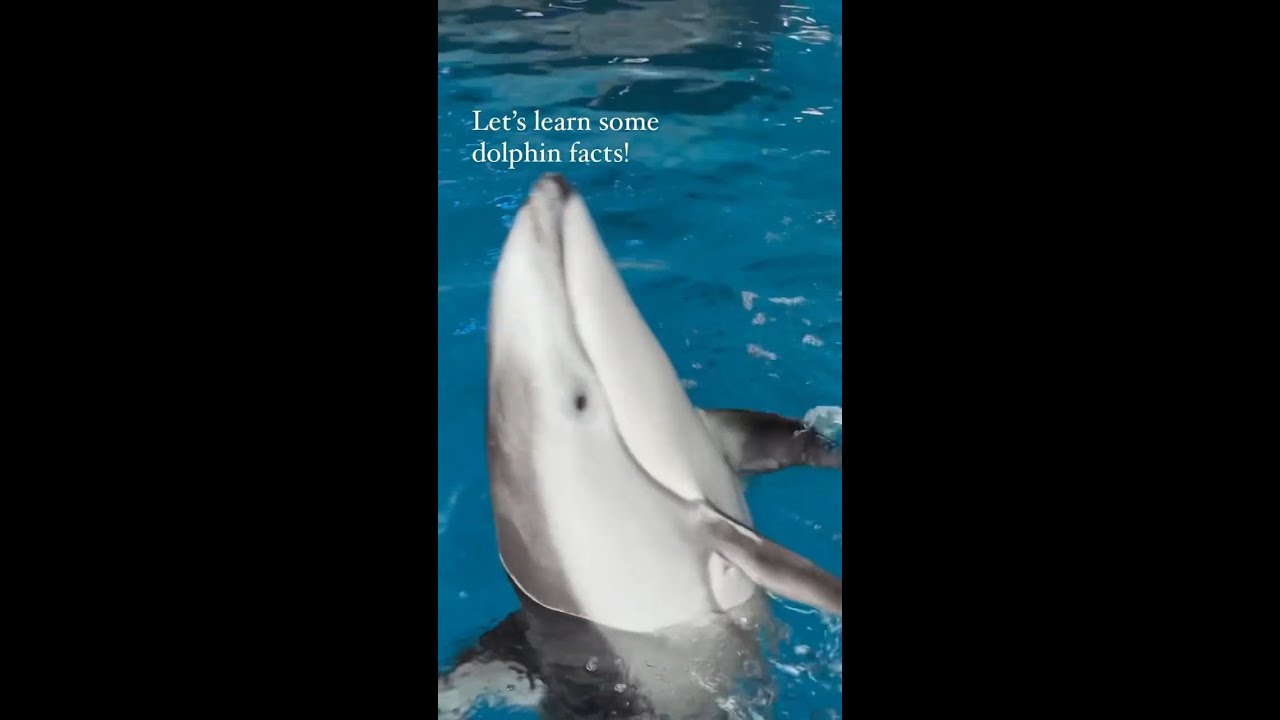– Understanding Dolphin Awareness Month: Objectives and Significance
– Dolphin Biology and Behavior: An Insight into Their Lives
– The Role of Zoos and Aquariums in Dolphin Conservation
– Challenges Facing Dolphins: Environmental Threats and Human Impact
– Ways to Support Dolphin Conservation Efforts
Dolphin Awareness Month is a vital period dedicated to amplifying the conversation around protecting dolphins, increasing public awareness, and fostering a deeper appreciation for these intelligent marine mammals. This month-long initiative focuses on educating the public about dolphins, the challenges they face in the wild, and the efforts made toward their conservation. By dedicating a month to dolphin awareness, conservation organizations and educational institutions seize the opportunity to highlight the importance of these creatures in marine ecosystems and drive actionable change.
Dolphins, belonging to the Cetacea family, showcase remarkable intelligence, complex social structures, and impressive agility that fascinate scientists and the public alike. Their biology is finely tuned to their aquatic environment, with adaptations such as echolocation allowing them to navigate and hunt in the ocean’s depths. Understanding dolphin behavior and social dynamics is crucial for informed conservation efforts. Dolphins display various behaviors, from cooperative hunting strategies to intricate communication methods that underscore their advanced cognitive abilities. By studying these aspects, researchers can develop more effective strategies for protecting dolphin populations in their natural habitats.
Zoos and aquariums play a significant role in the conservation of dolphins. Through captive breeding programs, educational initiatives, and research projects, these institutions contribute to the global efforts of dolphin preservation. They provide a platform for scientists to study dolphin behavior, physiology, and genetics in a controlled setting, generating valuable data that can inform wild conservation strategies. Additionally, by engaging the public with live demonstrations and educational programs, zoos and aquariums raise awareness about the importance of dolphin conservation and encourage community involvement in environmental stewardship.
Despite their remarkable adaptations and the global affection towards them, dolphins face numerous challenges threatening their survival. Environmental threats such as habitat destruction, pollution, climate change, and human activities like fishing net entanglement and marine traffic pose significant risks to dolphin populations worldwide. These challenges highlight the urgent need for comprehensive conservation efforts that address the symptoms and root causes of the decline in dolphin populations. Protecting their habitats, enforcing strict fishing regulations, and conducting ongoing research are critical steps in ensuring the future of these captivating marine mammals.
Supporting dolphin conservation efforts is a multifaceted endeavor that requires the engagement of individuals, communities, and governments. Actions such as adopting responsible seafood consumption practices, supporting marine protected areas, participating in beach cleanups, and advocating for policies that protect marine life can all contribute to the well-being of dolphin populations. Additionally, promoting science-based education and supporting research initiatives are essential for advancing our understanding of dolphins and the most effective ways to protect them.
Dolphin Awareness Month is an important prompt for reflection on the beauty and fragility of marine ecosystems and the role each person can play in protecting these vital environments. By raising awareness, educating the public, and driving conservation action, this month contributes significantly to the ongoing efforts to safeguard dolphins and their habitats for future generations. Through collective action and a commitment to environmental stewardship, it is possible to address the challenges facing dolphins and ensure their continued presence in the world’s oceans.
*****
Source Description
Happy Dolphin Awareness Month!
Celebrate with us by learning Pacific white-sided dolphin facts with Makoa and Monica!
Countershading helps them stay camouflaged from potential predators: looking down, a predator wouldn’t see their dark backs blending into the deep ocean, and looking up, they might miss their bellies that blend in with a lighter surface.

